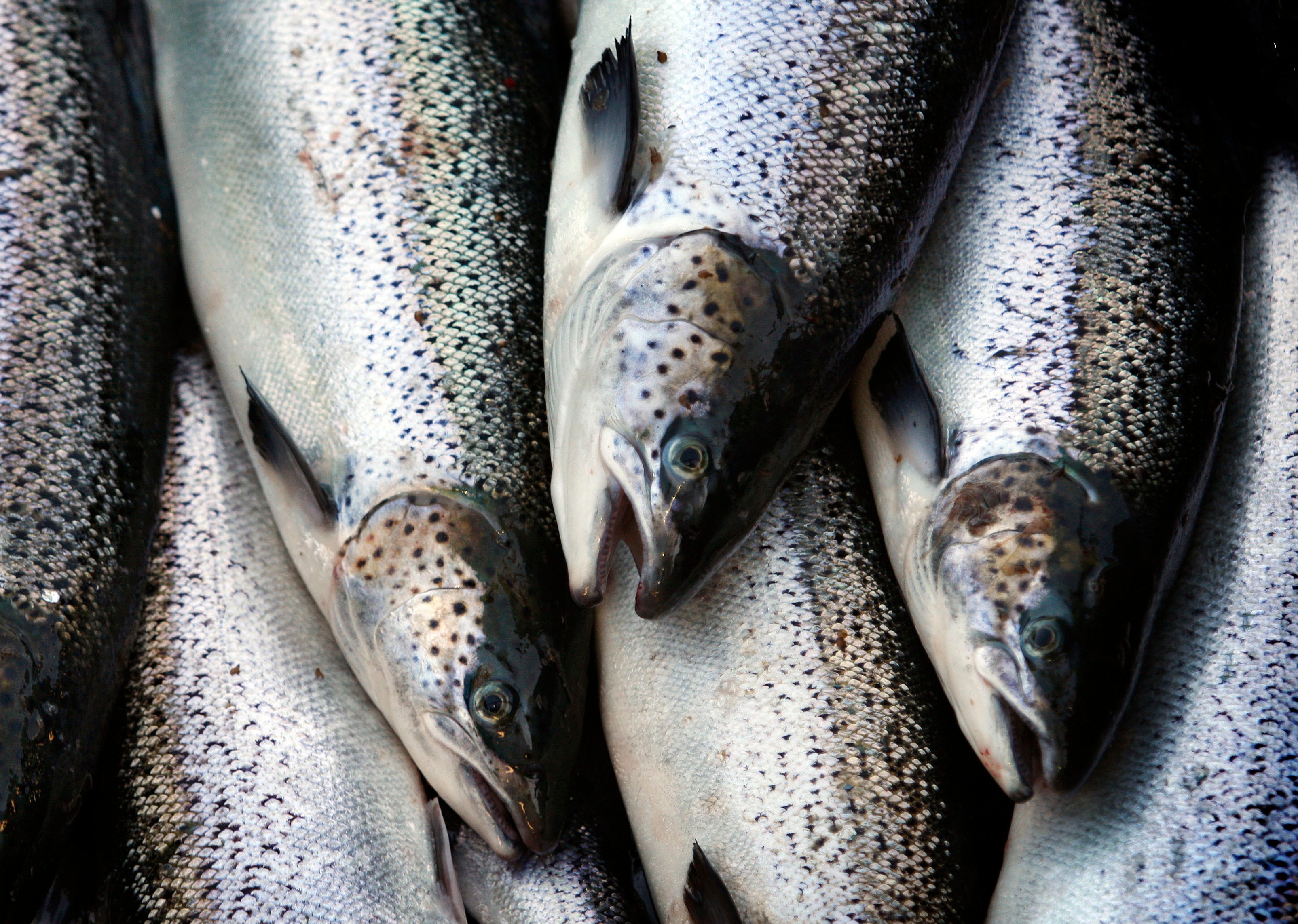The UN says more aquatic animals were farmed than fished in 2022. That's the first time in history
The total global volume of fish, shrimp, clams and other aquatic animals that are harvested by farming has topped the amount fished in the wild from the world’s waters for the first time ever

Your support helps us to tell the story
From reproductive rights to climate change to Big Tech, The Independent is on the ground when the story is developing. Whether it's investigating the financials of Elon Musk's pro-Trump PAC or producing our latest documentary, 'The A Word', which shines a light on the American women fighting for reproductive rights, we know how important it is to parse out the facts from the messaging.
At such a critical moment in US history, we need reporters on the ground. Your donation allows us to keep sending journalists to speak to both sides of the story.
The Independent is trusted by Americans across the entire political spectrum. And unlike many other quality news outlets, we choose not to lock Americans out of our reporting and analysis with paywalls. We believe quality journalism should be available to everyone, paid for by those who can afford it.
Your support makes all the difference.The total global total volume of fish, shrimp, clams and other aquatic animals that are harvested by farming has topped the amount fished in the wild from the world's waters for the first time ever, the United Nations reported Friday.
The U.N.’s Food and Agriculture Organization, in its latest report on fisheries and aquaculture — or farming in water — says the global catch and harvest brought in more than 185 million tons of aquatic animals in 2022, the most recent year for which statistics are available.
Experts say the milestone in human history had been expected, as the hauls from fisheries have largely stagnated over the last three decades — largely because of limits in nature.
Manuel Barange, who heads FAO's fisheries and aquaculture division, said aquaculture has benefited from a growing recognition of the nutritional benefits — like Omega 3 and other micronutrients found in food from aquatic animals — and lesser environmental impact than food derived from land animals.
The total amount of aquatic animals captured in the wild fell from 91.6 million tons in 2021 to 91 million tons the following year, FAO said in its latest State of the World's Fisheries and Aquaculture report.
Global production rose to 94.4 million in 2022, up from 91.1 million a year earlier, it said.
Asia was the source of more than 90% of all aquaculture production of aquatic animals, the FAO added.
Some 90% of aquatic animals that are farmed or fished go to human consumption, with the remainder going to other uses like feed for other animals or fish oils.
The most common fish that are captured in the world's oceans, seas, rivers, lakes and ponds include Peruvian anchovies, skipjack tuna and Alaskan pollock, while freshwater carp, oysters, clams, shrimp, tilapia and prawns are among the most harvested animal life.